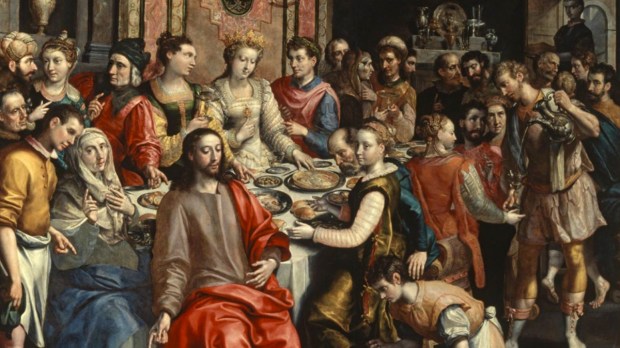After the conclusion of the Christmas season on the feast of the Baptism of the Lord, the Church begins the season of Ordinary Time in the Year C cycle of readings with the Gospel account of the wedding feast at Cana.
While it may seem arbitrary to some, the selection is rooted in a rich history and reflects an older tradition.
Christ’s public ministry begins
The wedding feast at Cana is traditionally believed to be the first miracle of Jesus’ public ministry and his first act following his baptism in the Jordan river.
After spending roughly 30 years with his family, Jesus comes out of hiding and into the public life with this symbolic miracle at a wedding feast.
The Church begins the season of Ordinary Time in this way to set the tone for the rest of the liturgical season, which is focused on Jesus’ three year ministry.
Connected to Epiphany
This public manifestation of Jesus is also connected to the feast of Epiphany, as January 6 historically celebrated three biblical events.
- Visit of the Magi
- Baptism in the Jordan
- Wedding feast at Cana
Pope Benedict XVI made this explicit in his homily on the feast of Epiphany.
John’s Gospel … invites us to consider as an “epiphany” the Wedding at Cana, during which, by changing the water into wine, Jesus “manifested his glory; and his disciples believed in him” (Jn 2:11).
Instead of commemorating these three events on a single day, the Church has spread out these feasts on three separate days in January. In the Roman Rite, it is often three consecutive Sundays, presenting a kind of “trilogy” of “epiphanies.”
While this only happens every 3rd year in the current liturgy of the Roman Rite, prior to Vatican II this Gospel was always proclaimed on the Second Sunday after Epiphany.
With all of this in mind, it is fitting that the Church would begin Ordinary Time in Year C with this Gospel and allow space for each of these events to have its own special day.



